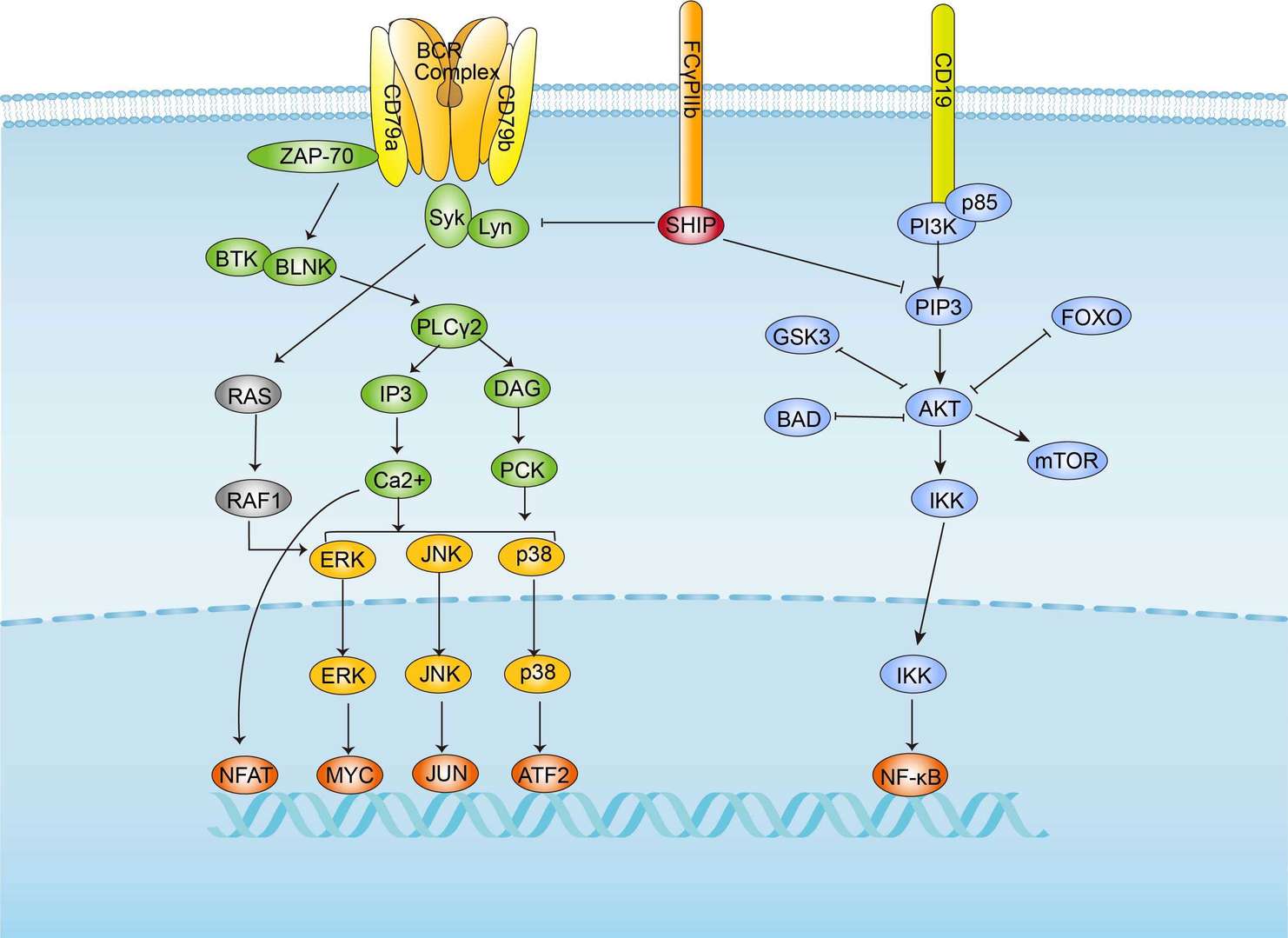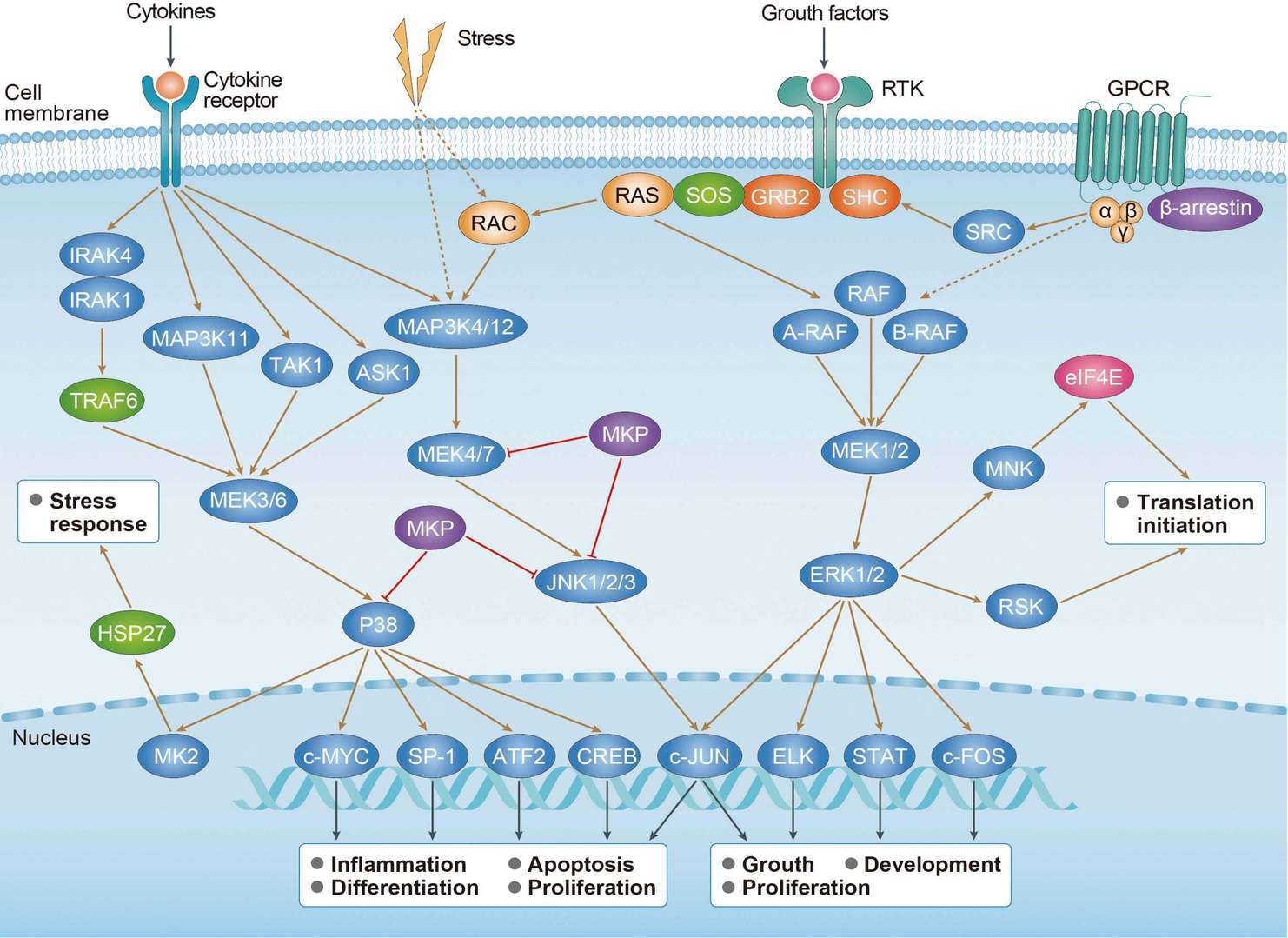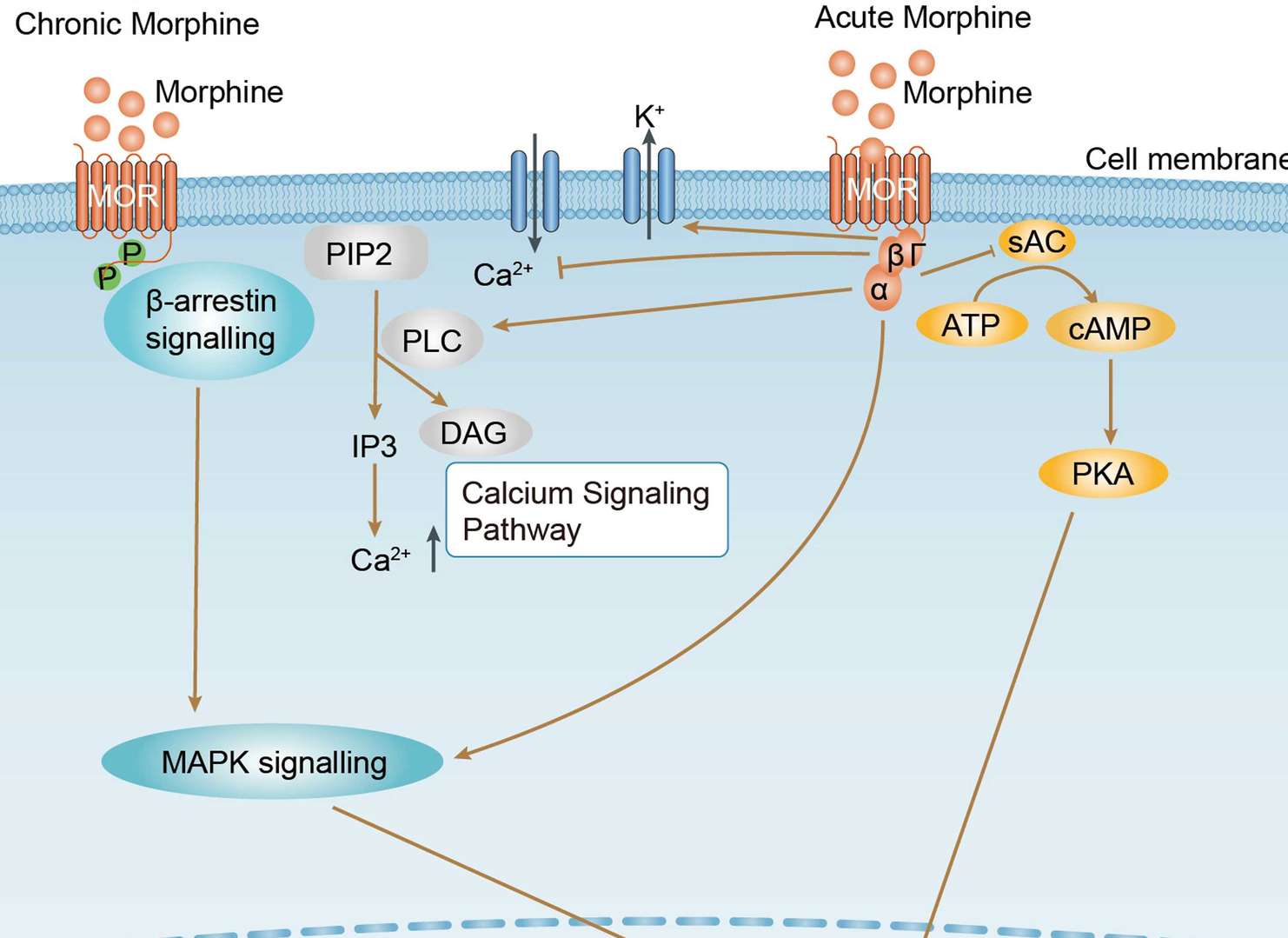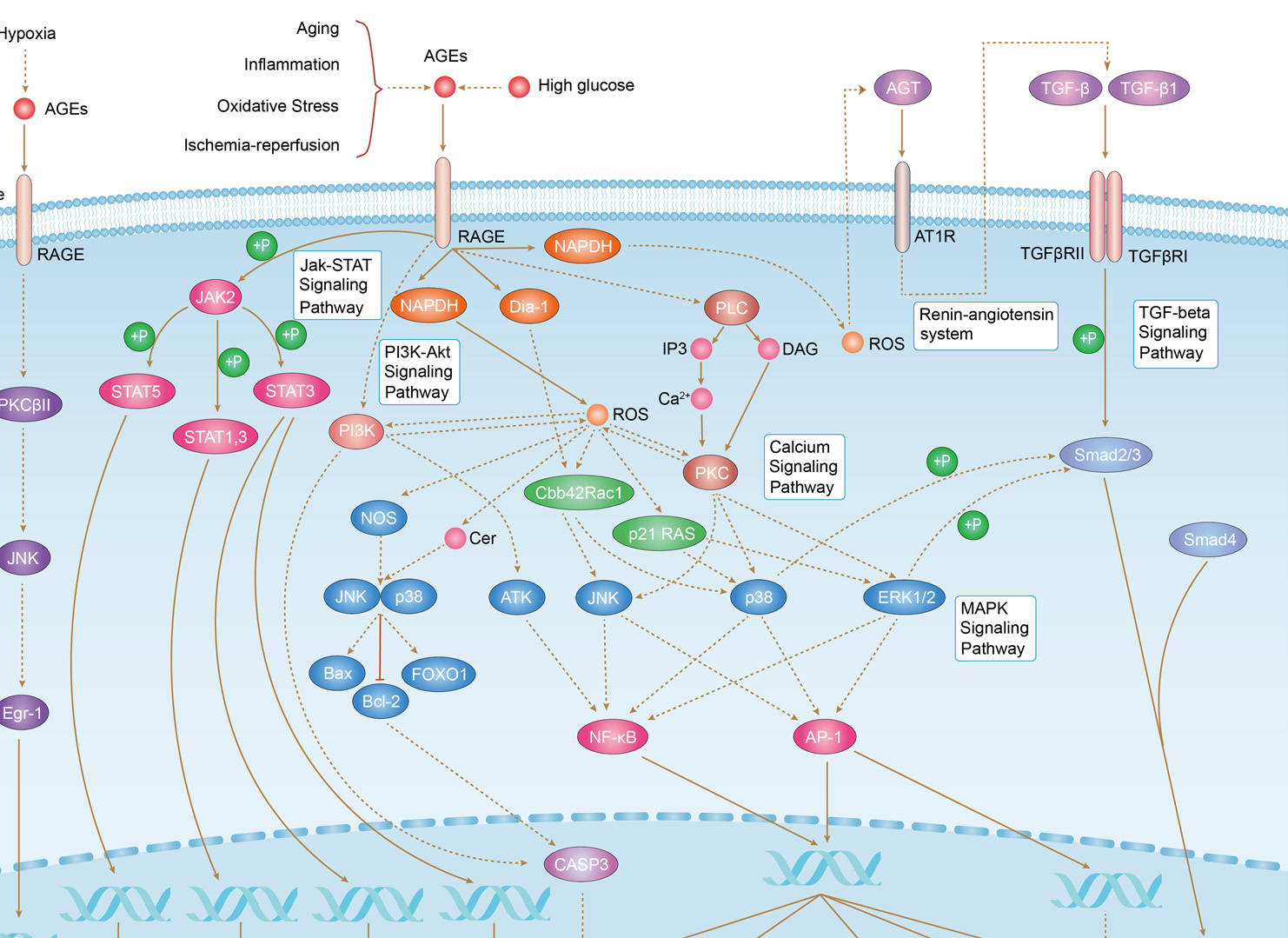 Loading...
Loading...

DAG1
Anti-DAG1 Recombinant Antibody Products
- Anti-Human DAG1 Recombinant Antibody (DAG-6F4) (TAB-0738CLV)
-
- Anti-Human DAG1 Recombinant Antibody (DAG-3H9) (TAB-0739CLV)
-
- Anti-Human DAG1 Recombinant Antibody Fab Fragment (DAG-6F4) (TAB-0738CLV-F(E))
-
- Anti-Human DAG1 Recombinant Antibody Fab Fragment (DAG-3H9) (TAB-0739CLV-F(E))
-
- Anti-Human DAG1 Recombinant Antibody scFv Fragment (DAG-6F4) (TAB-0738CLV-S(P))
-
- Anti-Human DAG1 Recombinant Antibody scFv Fragment (DAG-3H9) (TAB-0739CLV-S(P))
-
-
- Derivation: Phage display library
- Species Reactivity: Human
- Type: Rabbit IgG
- Application: WB
Can't find the products you're looking for? Try to filter in the left sidebar.Filter By Tag
Our customer service representatives are available 24 hours a day, from Monday to Sunday. Contact Us
For Research Use Only. Not For Clinical Use.
Disease related genes, Human disease related genes, Plasma proteins, Potential drug targets, Transporters
Intracellular, Membrane (different isoforms)
Cell type enhanced (Skeletal myocytes, Granulosa cells)
Low immune cell specificity
Cell line enhanced (BEWO)
Monomer. Heterodimer of alpha- and beta-dystroglycan subunits which are the central components of the dystrophin-glycoprotein complex. This complex then can form a dystrophin-associated glycoprotein complex (DGC) which is composed of three subcomplexes: a cytoplasmic complex comprised of DMD (or UTRN), DTNA and a number of syntrophins, such as SNTB1, SNTB2, SNTG1 and SNTG2, the transmembrane dystroglycan complex, and the sarcoglycan-sarcospan complex. Interacts (via the N-terminal of alphaDAG1) with LARGE1; the interaction enhances laminin binding (By similarity). Interacts with SGCD. Interacts with AGR2 and AGR3. Interacts (betaDAG1) with DMD; the interaction is inhibited by phosphorylation on the PPXY motif. Interacts (betaDAG1, via its PPXY motif) with UTRN (via its WWW and ZZ domains); the interaction is inhibited by phosphorylation on the PPXY motif. Interacts (betaDAG1, via its phosphorylated PPXY motif) with the SH2 domain-containing proteins, FYN, CSK, NCK and SHC. Interacts (betaDAG1) with CAV3 (via a central WW-like domain); the interaction disrupts the binding of DMD. BetaDAG1 directly interacts with ANK3, but not with ANK2; this interaction does not interfere with DMD-binding and is required for retention at costameres (By similarity). Identified in a dystroglycan complex that contains at least PRX, DRP2, UTRN, DMD and DAG1 (By similarity). Interacts with POMGNT1 (PubMed:27493216). (Microbial infection) Interacts with lassa virus and lymphocytic choriomeningitis virus glycoprotein (PubMed:16254364, PubMed:19324387). (Microbial infection) Interacts with surface molecules of mycobacterium leprae.
Host cell receptor for virus entry, Receptor


 BCR Signaling Pathway
BCR Signaling Pathway
 cAMP Signaling Pathway
cAMP Signaling Pathway
 Morphine Addiction
Morphine Addiction
 AGE-RAGE Signaling Pathway in Diabetic Complications
AGE-RAGE Signaling Pathway in Diabetic Complications